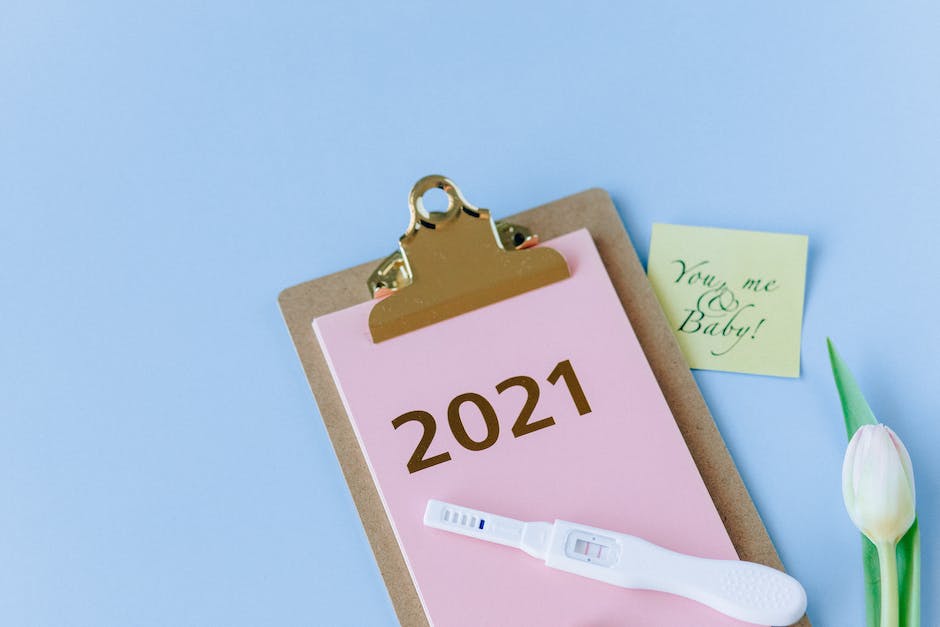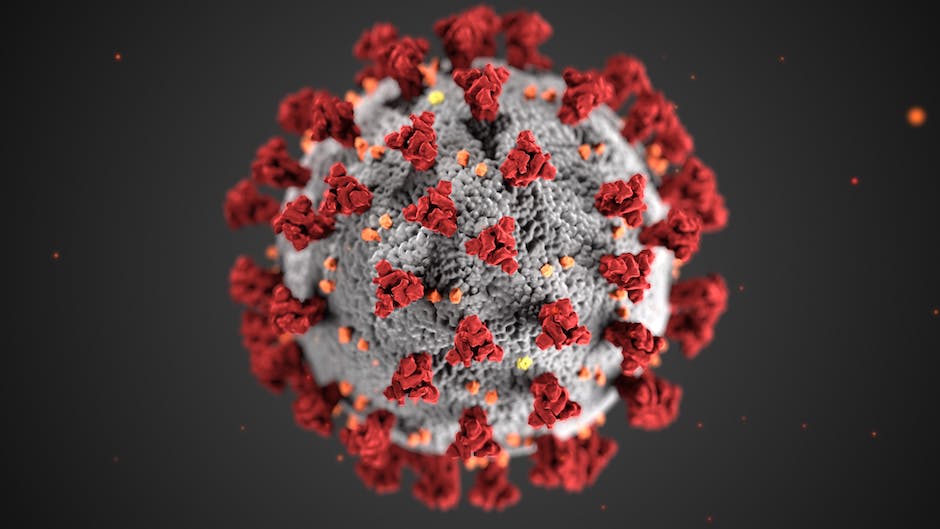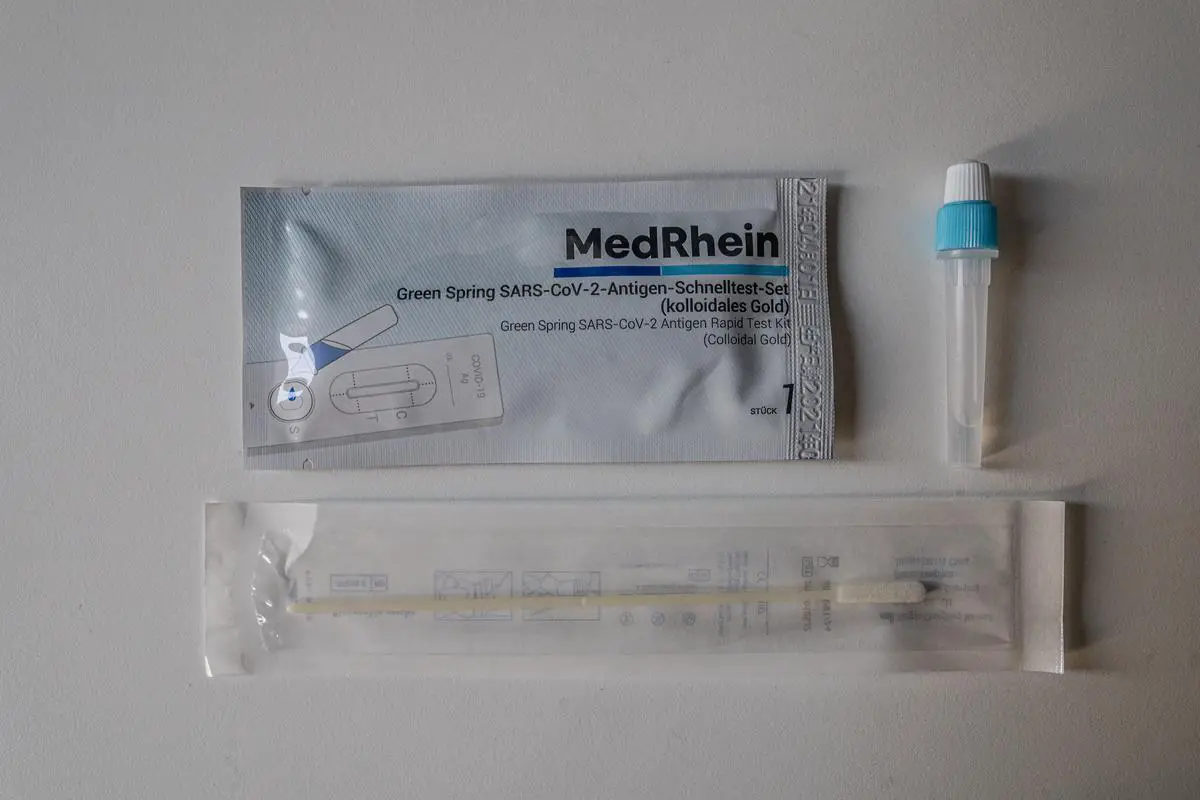Regardless of the journey each couple embarks on when planning for a baby, understanding your fertility is often a key component. Specifically, predicting ovulation has come to play a significant role in improving conception odds. One popular tool that assists in accomplishing this task is the ovulation test strip – a simple yet effective mechanism that can signal the best time to try for conception. This comprehensive guide aims to clarify the concept and utility of these strips, explores the intricacies behind how they function, marshals through the process of using them, uncovers their benefits and drawbacks, and then walks you through a comparative review of some popular brands in the market.
Basics of Ovulation Test Strips
Understanding Ovulation Test Strips
Ovulation test strips, also known as ovulation predictor kits (OPKs), are tools that women can use to determine when they are most likely to conceive. These strips are designed to detect the surge of luteinizing hormone (LH) that occurs just before ovulation, typically 24-48 hours prior. During ovulation, an egg is released from one of the ovaries and is ready for fertilization. This period is often the prime time for conception.
The Role of Ovulation Test Strips in Predicting Ovulation
Ovulation test strips are mainly used to help identify the precise time frame when a woman is ovulating. By predicting ovulation, these strips can essentially help increase the likelihood of conception. Knowing one’s ovulation schedule can be very advantageous, especially for couples trying to conceive, as it can guide them to plan intercourse during this fertile window.
These strips function by detecting the surge of luteinizing hormone in a woman’s urine. This hormone plays a crucial role in the ovulation process. Before an egg is released (ovulation), the body produces a large amount of LH – typically detected through these strips. That’s why a positive result on an ovulation test strip indicates that ovulation is likely to occur in the next 24 to 36 hours.
How to Use Ovulation Test Strips
Using ovulation test strips is relatively straightforward. They are used similarly to a regular pregnancy test: by dipping the strip in a container with the urine sample, or by placing it in the urine stream. After waiting for the specified time, the result can be read based on the color change mentioned in the test’s instructions.
Getting the most accurate results from an ovulation test strip often requires testing at the right time of day, which is typically in the early afternoon. This is because LH surges usually start in the early morning, but it can take four to five hours for the LH to appear in urine. Furthermore, consistency in testing is crucial. Testing at the same time every day helps prevent missing an LH surge.
The Science and Efficiency of Ovulation Test Strips
Ovulation test strips offer a reliable and practical tool for predicting your LH (luteinizing hormone) surge. While these strips are designed to inform you of an imminent ovulation, it’s important to remember that they can’t provide the certainty that ovulation will take place. Situations such as in Polycystic Ovarian Syndrome (PCOS) where a woman’s body triggers elevated levels of LH but doesn’t release an egg, are not uncommon.
The primary role of ovulation test strips is to help women understand their menstrual cycles better and to pinpoint their fertility window which boosts the chances of conception. When used correctly, these test strips can display an impressive accuracy rate between 97-99% in identifying an LH surge.
Despite their accuracy, however, these strips aren’t entirely infallible. That’s why it’s always recommended for women to seek professional advice from healthcare practitioners to get a more comprehensive range of fertility treatment and counsel when required.

How do ovulation test strips work?
Digging a Bit Deeper: The Physiology and Biochemistry Behind Ovulation Test Strips
Considered as an affordable at-home tool, ovulation test strips help women predict the most fertile phase of their menstrual cycle. These strips base their results on the physiological changes that take place in a female body as it gears up for ovulation. The key change they detect is the sharp increase in the levels of a hormone named luteinizing hormone (LH).
So, how exactly do ovulation test strips function? The answer lies in understanding the role that LH plays during ovulation. LH, a glycoprotein hormone released by the anterior pituitary gland, is catalyst in maturing ovarian follicles during the menstrual cycle’s follicular phase. A sudden rise in LH levels also known as ‘LH surge’, signals that ovulation is likely within the next 24 to 48 hours. This surge tends to occur halfway through a woman’s menstrual cycle and indicates the start of a woman’s most fertile phase.
The Biochemistry of Ovulation Test Strips
Ovulation test strips are essentially immunoassays designed to detect the LH surge. Immunoassays are biochemical tests that utilize the reaction of an antigen (in this case, LH) with its specific antibody. Each ovulation test strip contains a band of antibodies that can bind to LH. The strips work by absorbing a urine specimen, and if the specimen contains a high level of LH, it will bond with the antibodies and cause a color change. The depth of the color typically relates to the concentration of LH.
Accuracy and Reliability of Ovulation Test Strips
In terms of accuracy and reliability, numerous studies indicate that ovulation test strips are generally reliable in detecting an LH surge, with an accuracy rate often touted as up to 99%. However, several factors can influence the result of an ovulation test. For instance, the timing of the test, the concentration of urine, and even certain medical conditions can skew results.
Overall, it’s crucial to follow the instructions provided with the test kit closely for most accurate results. Test users should also remember that while a positive test indicates the presence of an LH surge, it doesn’t guarantee ovulation. In some instances, an LH surge can occur without ovulation. Regular cycles and repeated testing can provide a more accurate picture of a woman’s ovulation pattern over time.
Understanding the Value of Ovulation Test Strips
Ovulation test strips are a crucial tool for women who are aiming to conceive or monitor their menstrual cycles, despite differing levels of accuracy. They work by detecting an LH surge, thereby offering a prediction of the estimated time frame where a woman has the highest chances of pregnancy. However, it’s key to remember that while these tests can forecast ovulation, they can’t confirm it. They are, essentially, one component of the broader fertility framework. For a more holistic grasp of their fertility status, it’s recommended for women to complement the use of ovulation test strips with other fertility tracking techniques.

How to Use Ovulation Test Strips
Determining the Ideal Time to Use Ovulation Test Strips
Ovulation test strips aim to determine the onset of ovulation, typically happening 24 to 36 hours after a positive test. Thus, it is advisable to commence testing few days prior to the expected ovulation day. This day can be calculated by deducting 14 from the total number of days in your cycle. For example, if you have a 28-day cycle, it’s best to begin testing right from day 11.
How to Use Ovulation Test Strips
The process of using ovulation test strips is relatively simple. Begin by gathering your supplies including the test strip and a clean, dry cup. It’s crucial to read the complete instructions that come with your test kit, as different brands may have slightly different procedures. However, generally, you will need to urinate in the cup and then dip the test strip in the sample for the amount of time specified in the instructions (usually around 10 seconds). After dipping, lay the strip flat and wait for the time stipulated before interpreting the results.
Interpreting the Results
Once you have waited the required amount of time, you can read your test results. A negative test will only show one line in the control area. If two lines appear, one in the control area and one in the test area, your test is positive, meaning you’re likely to ovulate within the next 24 to 36 hours. However, the positive result is only valid if the test line is as dark or darker than the control line. If the test line is faint, the test is still considered negative.
When to Seek a Healthcare Provider’s Advice
You may need to seek the advice of a healthcare provider if you consistently test negative, particularly if you’ve been trying to conceive for over a year with no success. This could indicate an ovulation disorder or other fertility problem. Furthermore, women over the age of 35 who have been trying to conceive for six months or more should also consult with a healthcare provider.
Overcoming Common Challenges with Ovulation Test Strips
While ovulation test strips can be an invaluable tool, there’s a potential for errors if they’re not used correctly. One common mistake is testing at the improper time of day. The hormone that indicates ovulation, luteinizing hormone (LH), often rises in the morning, but it could take up to four hours to be detectable in urine. As such, the optimal testing time generally falls between 11 am and 3 pm.
Diluted urine may also skew the test results, hence, reducing fluid intake a couple of hours before testing is suggested. Additionally, certain medications and fertility drugs could interfere with the test’s accuracy. If you’re on any medication and uncertain about its potential impact on the test results, it’s prudent to seek advice from a healthcare professional.

Advantages and Disadvantages
Unpacking the Benefits of Ovulation Test Strips
Ovulation test strips offer numerous benefits to the user. Their affordability leads the list of advantages, especially when compared to alternatives such as ovulation predictor kits or fertility monitors. This cost-effectiveness, combined with their widespread availability in stores and online, makes these strips a convenient option for many.
Using ovulation test strips is straightforward, another key advantage. These strips work similarly to pregnancy tests, where they are immersed in urine, and then the user waits for lines to display, indicating a rise in LH levels. This simplified process allows women to monitor their fertility cycles at home without requiring professional aid.
What’s more, ovulation test strips boast high accuracy rates – up to 99% when used properly. This can give women a reliable way to determine their peak fertility period within their menstrual cycle, particularly beneficial for those trying to conceive.
Finalizing their list of benefits, these strips deliver instant results. Women can know within minutes if they’re approaching their ovulation period, enabling flexible family planning and lessened anxiety when planning to conceive.
Considerations With Ovulation Test Strips
Ovulation test strips have certain limitations that potential users should consider. Their primary function is to signal the surge in luteinizing hormone (LH) that occurs before ovulation, rather than the event of ovulation itself. This can occasionally result in false positives, especially for women with irregular cycles or conditions like polycystic ovarian syndrome (PCOS), where hormone levels often fluctuate.
Interpreting the results is another area where some users might experience difficulties. The clarity of results relies on the concentration of LH in the urine and the timing of the test, leading to potential confusion for some individuals.
For women struggling to conceive, regularly using ovulation tests can invoke strong emotions. The stress of negative test results can lead to anxiety and depression in some cases.
And while these strips tend to be more affordable than other fertility testing methods, the costs can add up if one uses them frequently over several months, making it financially infeasible for some women.

Comparative Review of Popular Ovulation Test Strips
Using Clearblue Digital Ovulation Test Strips
An option that many women turn to is Clearblue Digital Ovulation Test Strips. These are renowned for their digital display and high accuracy in detecting LH surge, making them 99% effective when used properly. A result is typically obtained within three minutes; a distinct ‘smiley face’ indicator denotes a positive result for ease of interpretation. However, the cost of these test strips is slightly higher compared to other brands in the market, which might be a consideration for some.
PREGMATE Ovulation Test Strips
Renowned for their budget-friendly offering, PREGMATE Ovulation Test Strips provide a reliable accuracy rate at a fraction of the cost. They are highly sensitive to LH fluctuations, offering detailed clarity for women of various menstrual cycle lengths. The strips are easy to use and have an expansive testing window, but they require a careful interpretation of LH line strength which, for some users, might be slightly more challenging than a digital readout.
ClinicalGuard LH Ovulation Test Strips
ClinicalGuard’s offerings fall into the affordable range, similar to PREGMATE. These strips have a positive track record of detecting LH surges and offering an accuracy rate of 99%. Its user-friendly strip design enables convenient usage at home. However, they provide analog results, requiring users to interpret two lines. The two-strip method may be confusing for first-time users, but veterans of the product tend to find it straightforward.
Easy@Home Ovulation Test Strips
Easy@Home’s ovulation test kit provides an added benefit of a digitized reading from a mobile app. While the strips themselves are very sensitive and accurate, use of the mobile app allows for digitized interpretation of results, taking out the panel reading guesswork. Though slightly pricier, this feature has made the product a favorite for tech-savvy users.
iProven Ovulation Predictor Kit
iProven takes a comprehensive approach, offering ovulation and pregnancy tests in one kit. Known for their superb sensitivity and a measured accuracy rate of 99%, iProven’s test strips empower you to track your fertility and pregnancy trajectory simultaneously. On the downside, the higher price range per strip makes it a costlier choice.
Expert Opinions and Recommendations
According to fertilization experts, the ovulation strips from Clearblue, PREGMATE, ClinicalGuard, Easy@Home, and iProven are all reliable and make similar promises regarding their sensitivity and accuracy. Nevertheless, differences in price, user-friendliness, and additional features set them apart. When choosing an ovulation test strip, it’s essential to consider factors such as price, ease of use, customer reviews, and whether you prefer a digital or analog reading. Take note of your personal needs and preferred convenience level when making a selection.

Photo by cedrikwesche on Unsplash
Technology has paved the path for tools like ovulation strips that empower us with control over timing and preparation for conception. As we’ve explored, their advantages tend to outweigh their downsides, especially for couples eager to grow their families. Regardless of the brand you choose, remember that these test strips, while reliable, do not guarantee conception. They are components of a larger approach that includes leading a healthy lifestyle and seeking advice from healthcare professionals. With the knowledge garnered from here, you’re better equipped to use ovulation test strips as effective tools to aid in your journey toward conception.
